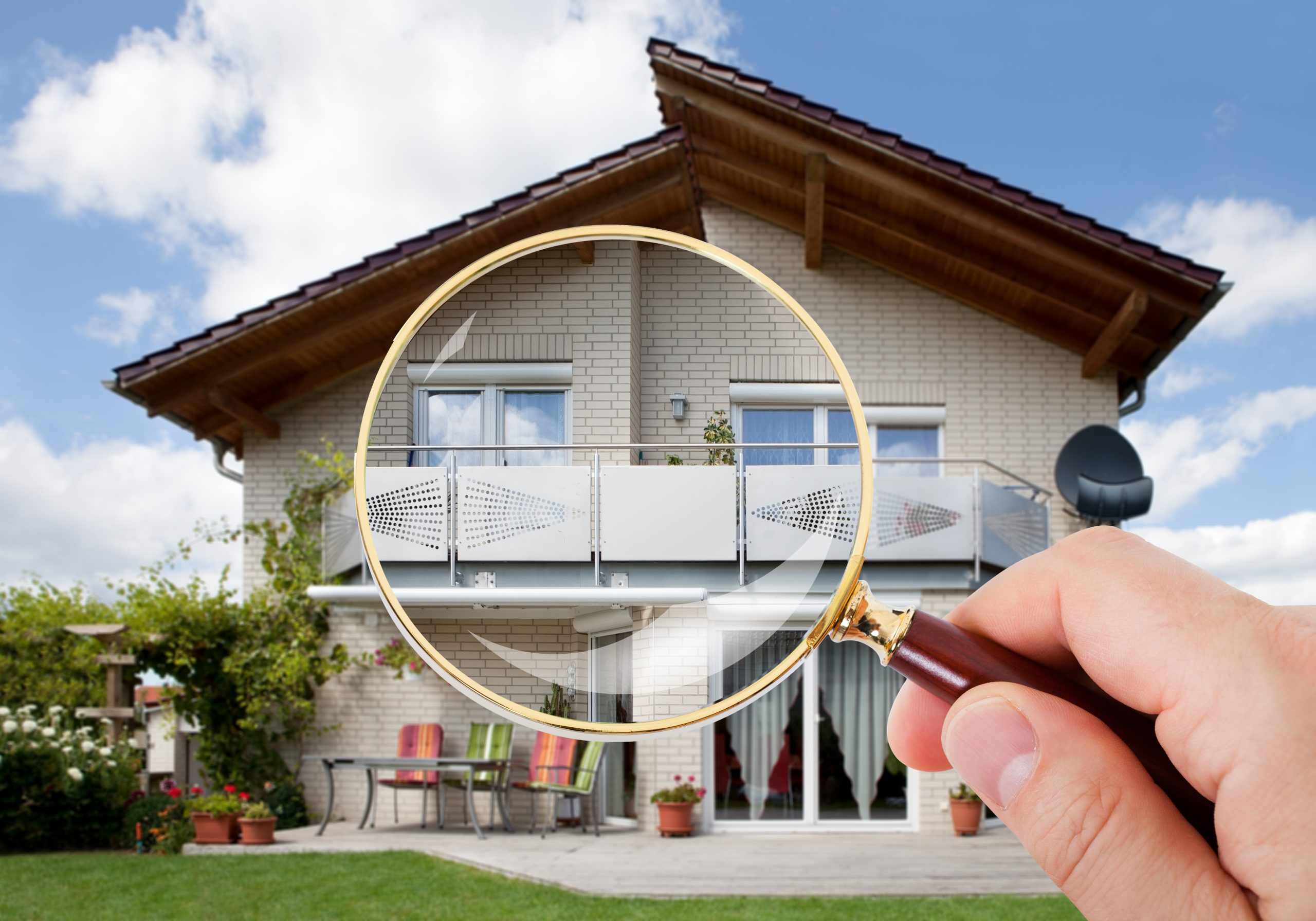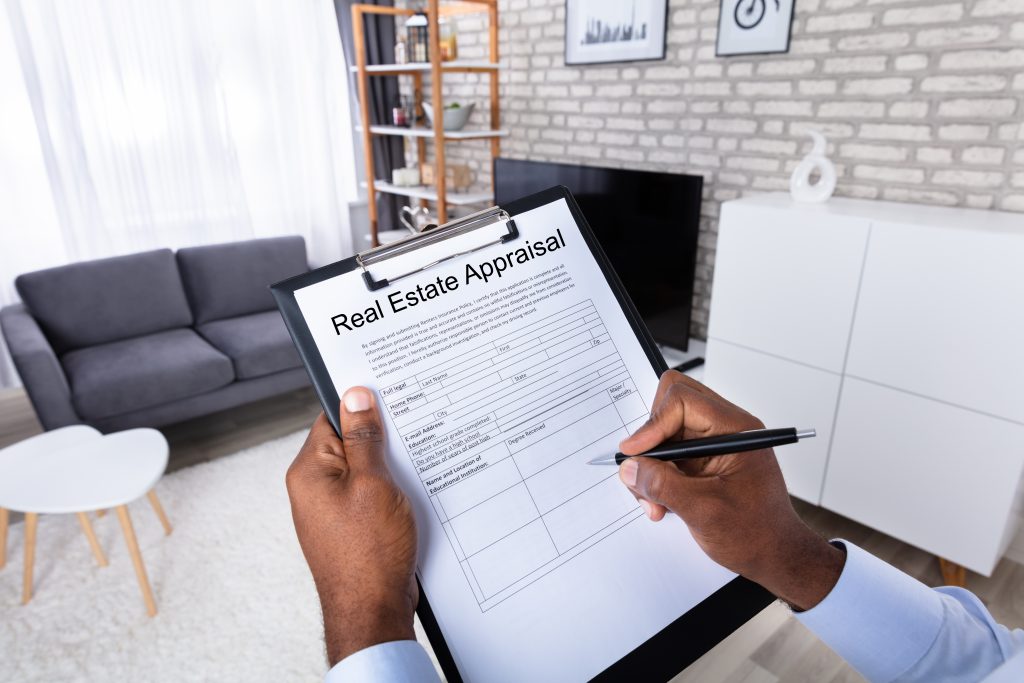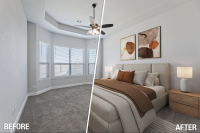The Role of the Home Inspector Pro in Real Estate

Do you know what the role of a home inspector pro is in a real estate transaction? Home inspections aren’t always required and some buyers will even waive their inspection contingency in a competitive market. But working with a professional home inspector can mean the difference between moving into a functional home and moving into a home with costly repairs. It’s an opportunity to discover potential issues in a home that might affect a buyer’s purchase decision. So, let’s cover what it takes to be a home inspector pro, what they do and don’t look for, and how you can get the most benefit out of their services.
The Qualifications of a Home Inspector Pro
There is no national standard or license to become a home inspector professional. Some states don’t even require a license (check your state requirements here)! Those that do typically require a high school diploma or GED in addition to educational courses and fieldwork. There are also certifications available through professional organizations (InterNACHI® and ASHI) that can improve skills and credibility. Many inspectors have a construction or another building trade background, given that inspections rely on knowledge of a home’s components and systems.
What Inspectors Look For
Home inspectors look for problems in the home’s structure and systems, from the foundation to the roof and (almost) everything in between. A buyer can use the report produced to renegotiate further repairs or to exercise their right to back out of the contract if they have a contingency. Below is a brief list of the many potential issues a home inspector pro will look for.
- Roof damage
- Foundation cracks
- Uneven walls & floors
- Water damage
- Leaky doors or windows
- Faulty electrical system
- Improper HVAC or poor airflow
- Rusty or broken pipes
- High/low water pressure
- Pest & rodent infestations
What Inspectors Do Not Look For
It’s hard to inspect everything in a home, especially when damage could be hidden behind walls and under flooring. Sometimes inspectors can’t look in certain areas due to safety or expertise, and sometimes you need to ask them for additional services (for a fee, of course). The list below outlines the most common areas an inspector will not examine as part of their standard services.
- Behind heavy furniture
- Areas in unsafe conditions (e.g. a steep or icy roof)
- Inside the chimney
- Sinkholes or unstable ground
- In-depth pool analysis
- Wells & septic systems
- Inside walls or under floors
- Radon, mold, & asbestos testing (they might refer a specialist)
How to Help Your Home Inspector Pro
Home inspections can be complex and the checklist isn’t always “one size fits all.” You can help your home inspector help you by asking them upfront what they do and don’t look for. Bring known red flags to the inspector first, and ask them to look for things you’re worried about that they wouldn’t normally check. Move heavy furniture and personal items that are blocking areas the inspector needs to access. Join the inspector on the walkthrough so you can address questions immediately and they can demonstrate how systems around the home should work.
The next time you need to work with a home inspector, interview multiple professionals to find the right fit. Don’t be afraid to ask them about their qualifications, training, and experience. Ask for a sample report of a similar home to gain a better idea of how they each conduct inspections. And think twice before waiving the home inspection contingency in your next real estate transaction – you might need it!









